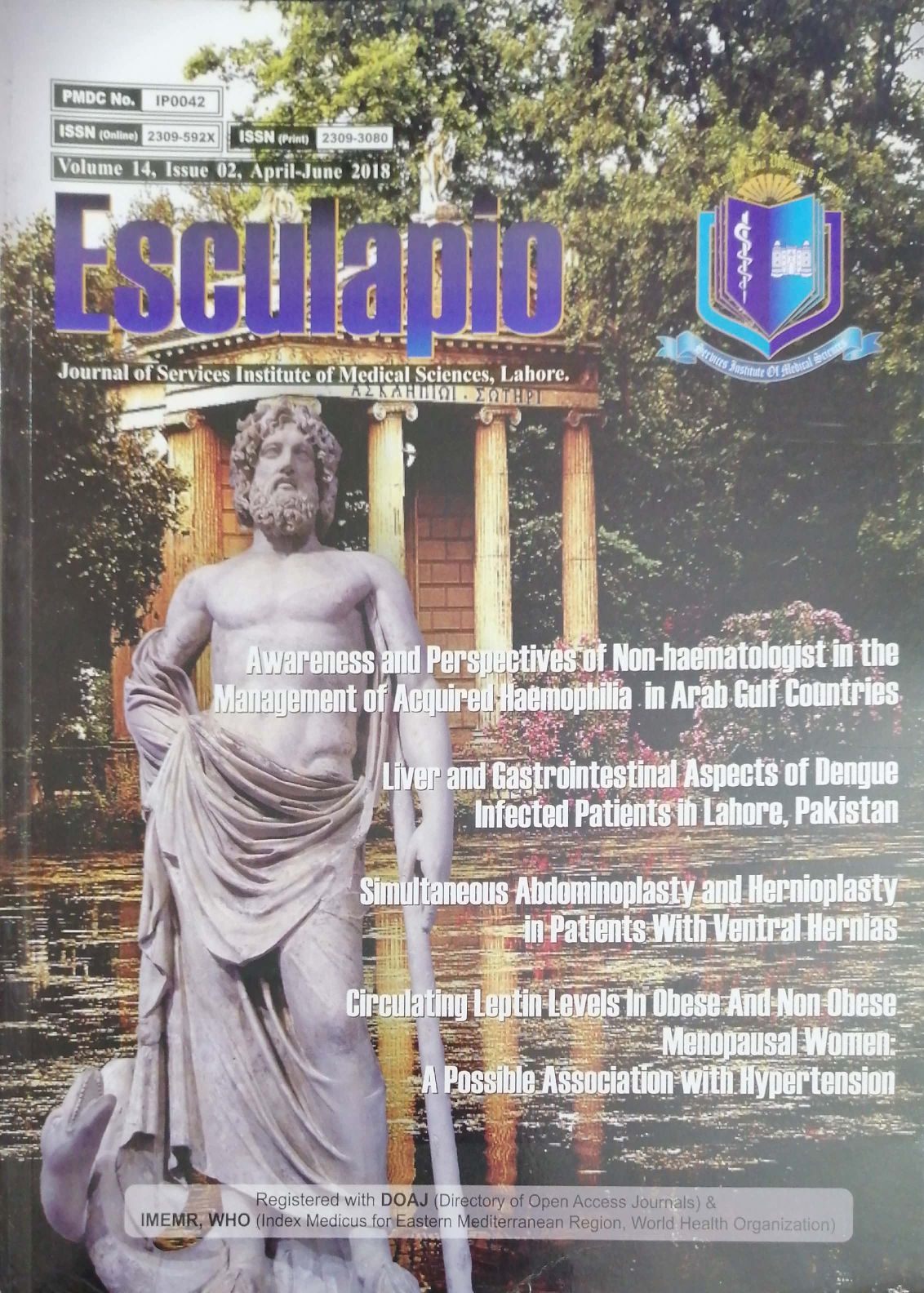Morphologic and direct immunofluorescent features of intraepidermal blistering disorders of skin
DOI:
https://doi.org/10.51273/esc18.71428Keywords:
Intraepidermal blisters, pemphigus vulgaris, direct immunofluorescent stainingAbstract
Objective: To determine the relative frequencies of various intraepidermal autoimmune
blistering disorders (IEABD) of skin, and to study the morphological and direct
immunofluorescent features of features of these disorders.
Methods: This was a retrospective study conducted in the department of Pathology, Basic
Medical Sciences Institute, Jinnah Postgraduate Medical Centre and Sirsyed College of Medical
Sciences Karachi over a period of 31/2 years. All skin biopsies were reviewed and cases of
intraepidermal blistering lesions of skin were selected for direct immunofluorescent (DIF) staining
for a panel comprising of IgG, IgA, IgM, C3c and Fibrinogen.
Results: Out of a total of 34 cases of intraepidermal skin blisters, there were 20 (58.82%) cases
of pemphigus vulgaris (PV), 13 (38.23%) cases of pemphigus foliaceus (PF) and 01 (02.94%)
case of IgA pemphigus (IgAP). Mean age for PV was 41.85 + 11.12, and that for PF was 41.9 +
9.49 years. Pemphigus vulgaris was found to be more frequent in females (15/20 cases), while PF
was found to be slightly more frequent in males (8/13 cases). Morphological and direct
immunofluorescent features are in accordance with those reported in local and international
literature.
Conclusions: Pemphigus vulgaris is the most frequent of IEABD. DIF is essential in the
diagnosis establishment.










